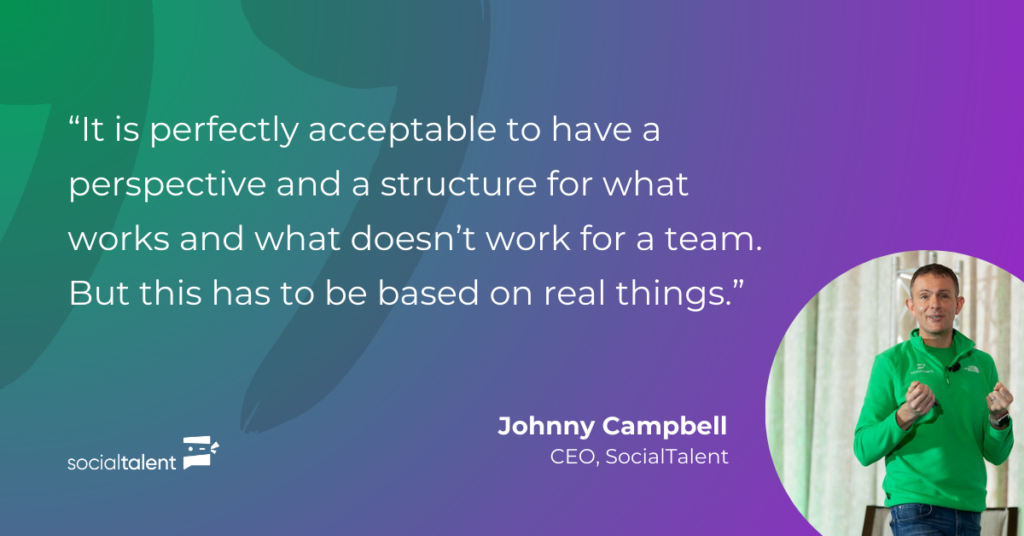Beyond the Beer Test: Uncovering the Truth Behind this Notorious Hiring Criteria
When you run a company that focuses on cultivating hiring excellence, you consistently get asked for your top recruiting tips. And after well over 20 years of experience in this space, I’ve accumulated quite a lot! But every now and again, you get approached with some questions that do deserve a little more airtime.
I was recently speaking at an event, and after giving a talk on my Top Twelve Lessons in Hiring (more on this to come!) I was presented with a question from the audience asking me about the importance of hiring someone who the team can “get along with”.
This immediately sent alarm bells ringing – as I’m sure it does for many of you reading this!
It’s a common curse within the recruiting space, particularly when you’re dealing with hiring managers who tend to identify strength of talent to an affinity bias – the ‘we get along, so I think they’d be a good fit’ mentality. It links back to that age old quote from former Netflix Chief Talent Officer, Patty McCord:
“What most people really mean when they say someone is a good fit culturally is that he or she is someone they’d like to have a beer with.”
We all know that the beer test is deeply problematic. We know that homogeneity is to be avoided and diversity celebrated. We’ve worked hard as recruiters to understand and embed this. But the problem with this scenario, and why questions like the one I was asked at the event still come up, is that we don’t actually address the root cause of it.
What ‘Going for a Beer’ Actually Means
Just saying that this biased attitude is wrong and moving on isn’t enough.
There was (and is) a reason why these sentiments keep arising and it’s because there is something there that team leads or managers are trying to solve for when hiring. And believe me, it’s not a burning desire to have a beer with a direct report!
There’s validity to the concern of wanting to hire a person that can easily fit the dynamic of a team. But basing this decision on gut feeling or a hiring manager’s want to just ‘get along’ with a candidate simply won’t work.
So, how do you address this in a practical, fair, and effective manner?
You have to break down the ask into specific, measurable components.
It is perfectly acceptable to have a perspective and a structure for what works and what doesn’t work for a team. But this has to be based on real things. Get your hiring manager to assess this by having them answer questions like:
- How do you collaborate as a team?
- How do you make decisions?
- Can you disagree with each other respectfully?
- Is this person going to be able to take feedback?
- What forms of communication do they prefer?
- Do they bring structure to the working environment?
The questions will differ depending on the team and the role, but the focus remains the same. It’s about writing down and defining what ‘good looks like’ for a new hire joining your team, and building an assessment that fairly tracks these elements. There are no magic shortcuts here.

Finding the Balance
So the reality shakes up a little something like this:
- Ensuring you have a team that can work hard together and can function in a safe, inclusive, respectful, and cohesive manner is important. But this does not hinge on how you personally get on with someone.
- You need to pin down the successful dynamics of the team, define these as actual behaviors, and then create assessments, using behavioral or situational interview questions, that can accurately scope these out.
The beer test is a funny, and oddly enduring, hiring criteria that seems to persist no matter how far we push the needle on inclusive hiring. It’s trying to capture the essence of something that, on one hand, is correct, but packages it up in a way that is completely unconducive to making a great hire. Which is the ultimate goal, isn’t it?
As a recruiter you must challenge this bias, comprehensively dig into the truth behind it, and facilitate informed hiring decisions that are based on specific criteria…not beer!
